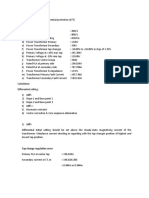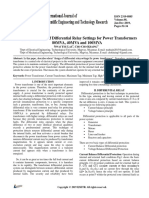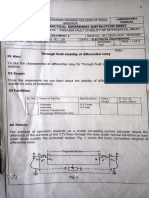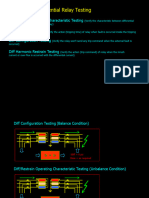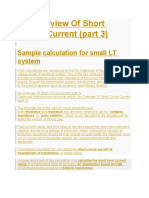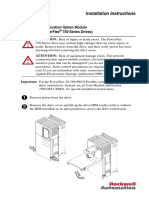0% found this document useful (0 votes)
56 views10 pagesTR Diff Setting
The document discusses the critical process of differential relay setting calculation for transformers, emphasizing its importance in protecting expensive power system components from faults. It outlines key concepts, calculation steps, and best practices, including the need for accurate CT ratios, vector group compensation, and proper slope settings to avoid false trips. Practical tips for engineers and common pitfalls are also highlighted to ensure effective relay settings.
Uploaded by
Alemayehu Worku ZikargeaCopyright
© © All Rights Reserved
We take content rights seriously. If you suspect this is your content, claim it here.
Available Formats
Download as DOCX, PDF, TXT or read online on Scribd
0% found this document useful (0 votes)
56 views10 pagesTR Diff Setting
The document discusses the critical process of differential relay setting calculation for transformers, emphasizing its importance in protecting expensive power system components from faults. It outlines key concepts, calculation steps, and best practices, including the need for accurate CT ratios, vector group compensation, and proper slope settings to avoid false trips. Practical tips for engineers and common pitfalls are also highlighted to ensure effective relay settings.
Uploaded by
Alemayehu Worku ZikargeaCopyright
© © All Rights Reserved
We take content rights seriously. If you suspect this is your content, claim it here.
Available Formats
Download as DOCX, PDF, TXT or read online on Scribd
/ 10

